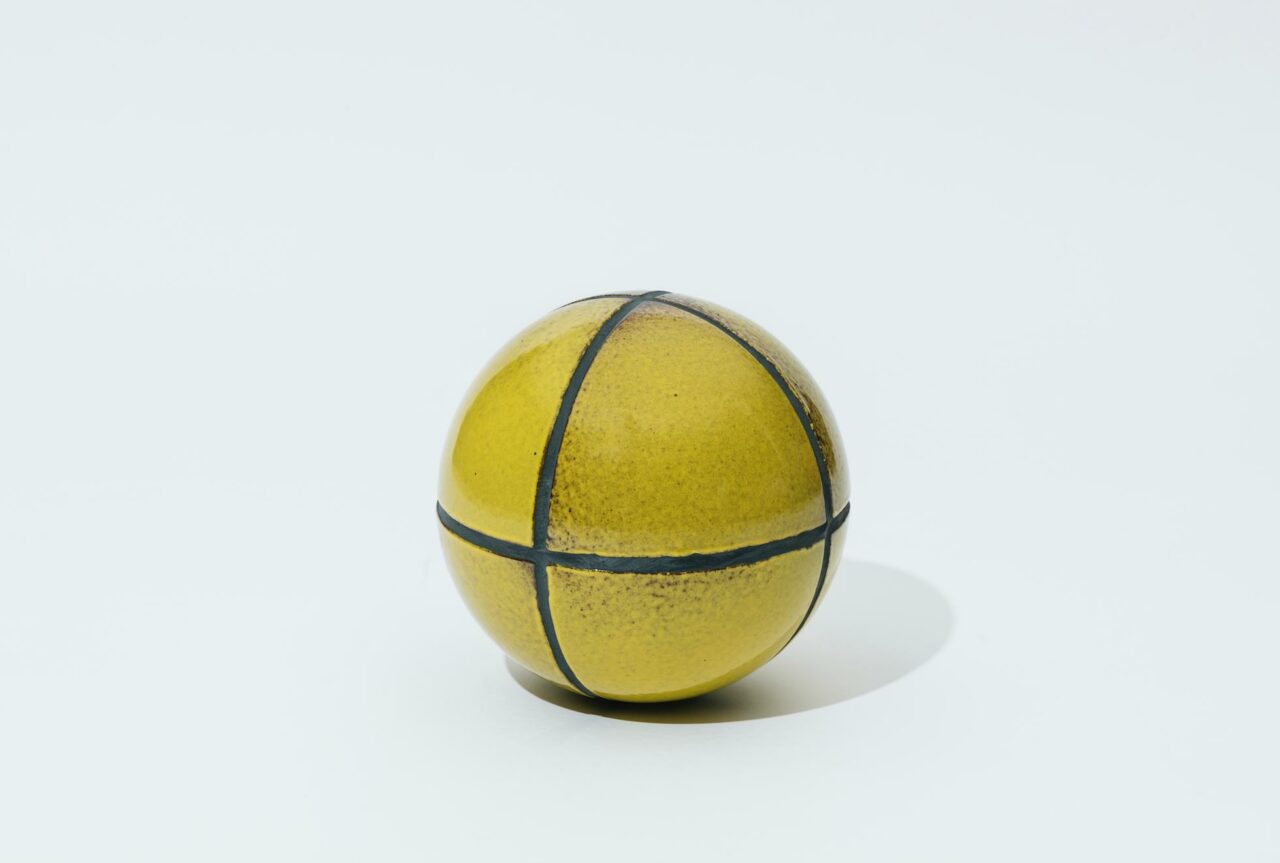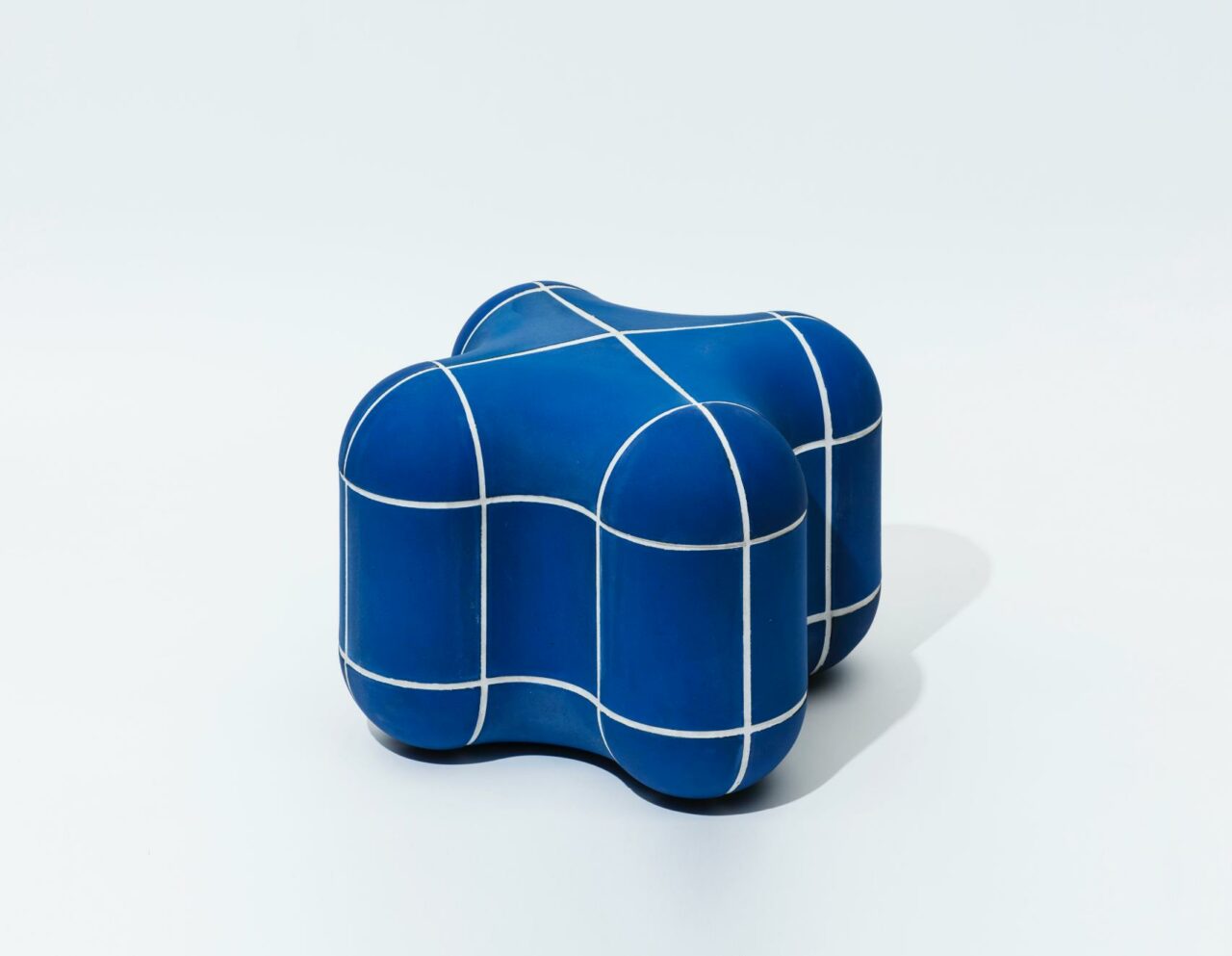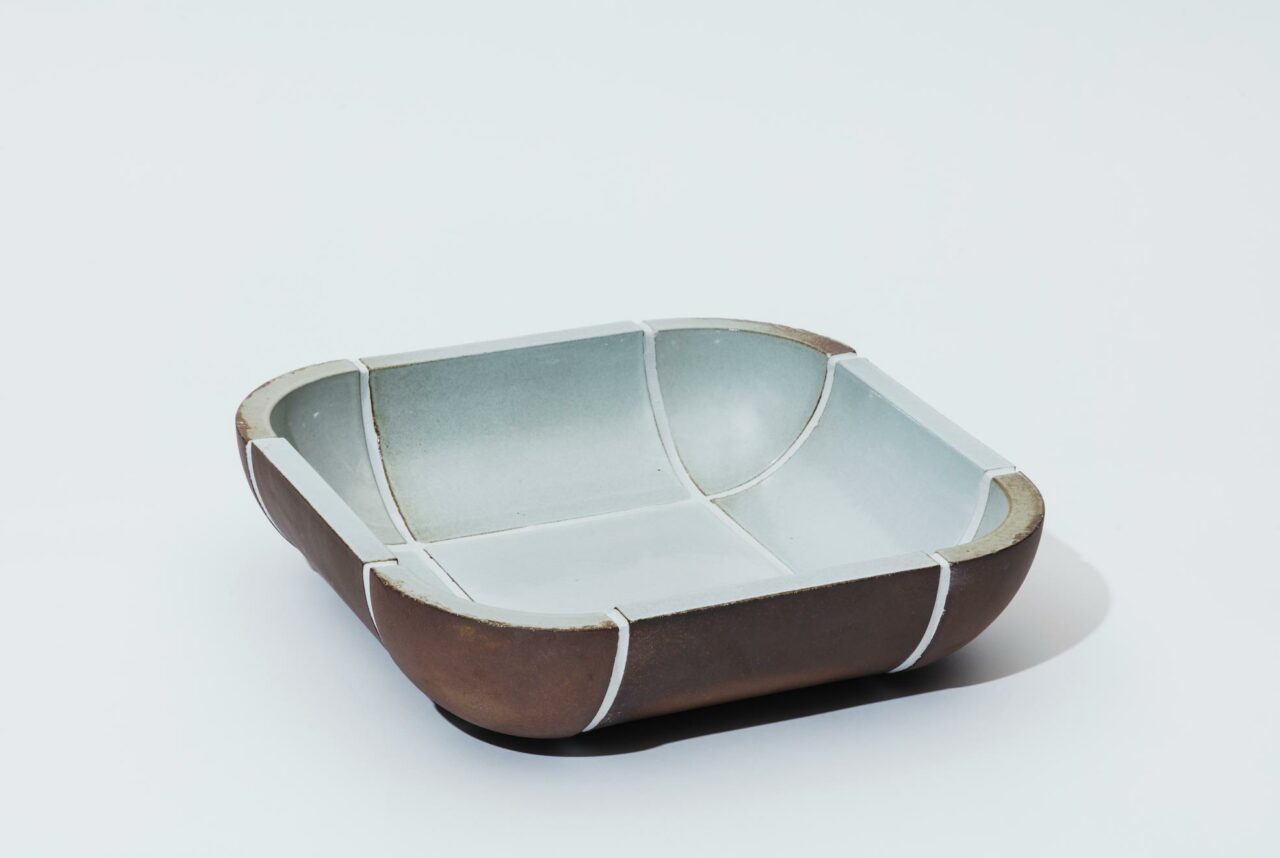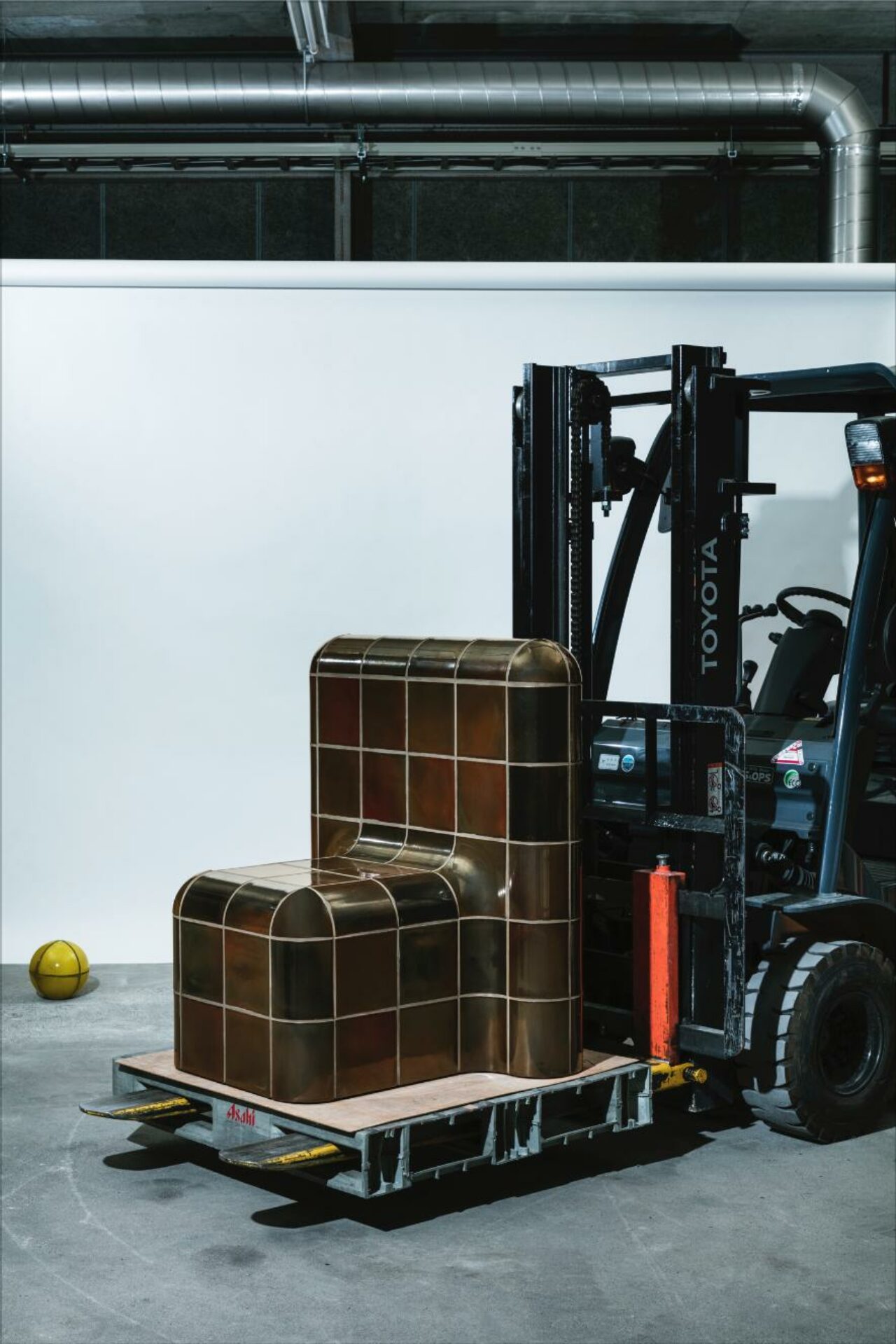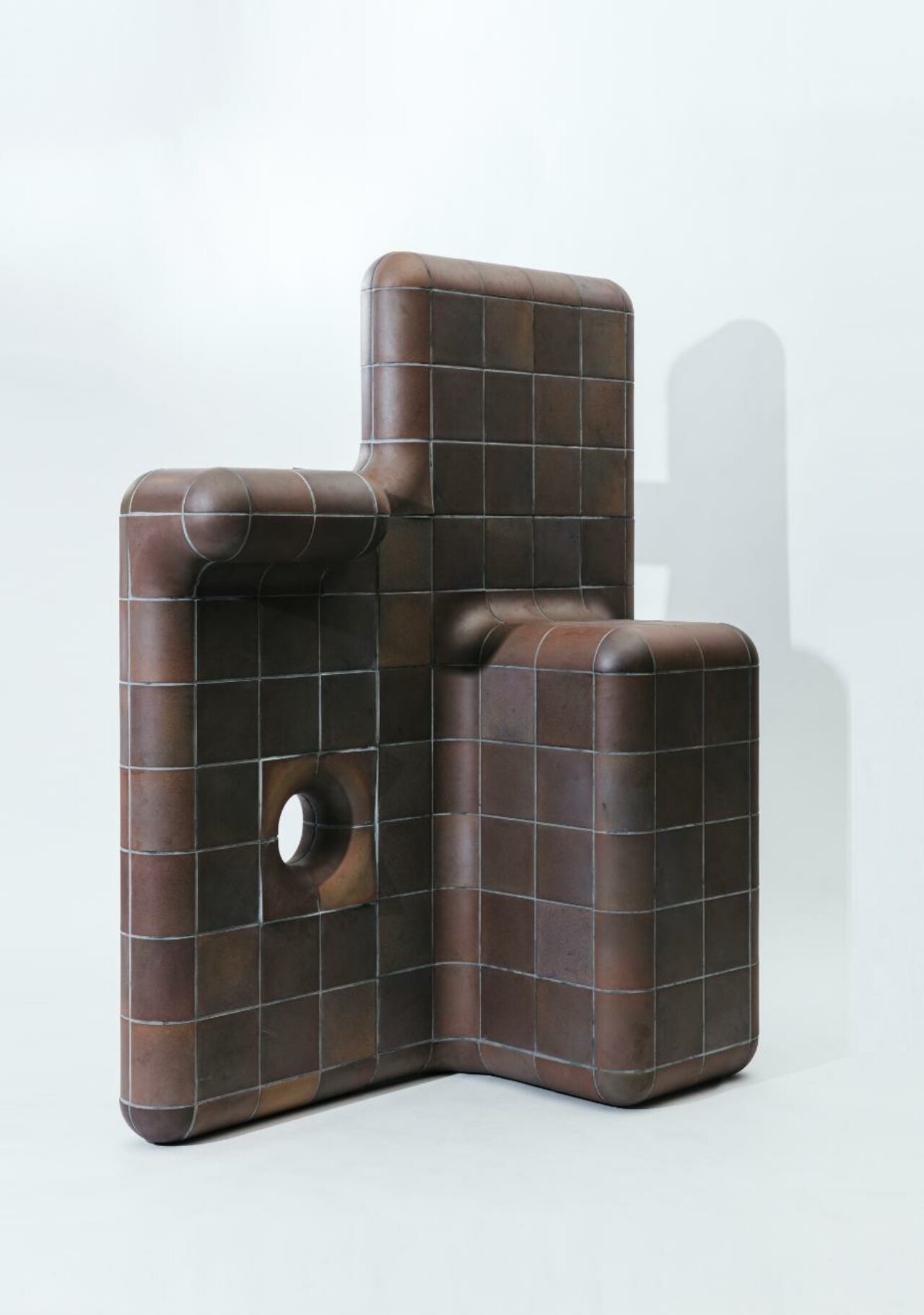TAJIMI CUSTOM TILES
A New Contemporary Context and Value For The Humble Japanese Tile With Designer Kwangho Lee

The function and purpose of the tile is now no longer restricted to an exterior facade or interior flooring. One Japanese company is set to transform the value and possibility of the humble tile, leading with a series of collaborations with global designers and architects. Tajimi Custom Tiles is transforming the design potential of the tile, and providing a contemporary boost for the renowned, local ceramic industry.
Situated in Japan’s southern side of Gifu prefecture, Tajimi is known for its 1300+ years of ceramic history and tradition of skills and techniques passed down from generations. With mineral-rich soil clay, the region accounts for almost 90% of Japan’s tile production, including producing ceramics and pottery known as Mino Ware. Through various production facilities in the Tajimi region, Tajimi Custom Tiles enables custom-tailored tiles through bespoke manufacturing not limited to scale, or shape, size, colour and texture. Due to their extensive relationships with smaller factories, they allow for new possibilities of experimentation and consultation with the multi-generational knowledge and skills of local artistans to create truly unique, bespoke tiles. Not only serving one function, the often underestimated tile has the capacity for unlimited design opportunities across both industrial and niche design projects, and this is where Tajimi Custom Tiles sees great opportunity. Creative director David Glaettli stresses the great potential and important impact that tiles play in enhancing the quality of architecture spaces. He explains that it was through a desire to “make people look at tiles in a different way to show the potential of tiles” that instigated the new company focussed on custom designs and pieces.
For the first set in an upcoming series of collaborations with global designers and architects, Tajimi Custom Tiles approached Seoul-based designer Kwangho Lee and London-based designer Max Lamb to reimagine the potential of the Tajimi tile from their unique and imaginative designers perspective. The designers not only designed new custom tiles, but also new forms as individual sculptures or miniature architecture and furniture pieces. Both designers began by visiting Tajimi’s numerous factories in their region, starting with a wall of sample tiles that showcased the multitude of raw materials, glazes, production processes and firing methods that could be explored.
For his modular tiles that change in form with repetition, designer Kwangho Lee selected the process of extruded ceramic, notably from a recycled ceramic, creating a looped silhouette tile in both a terracotta and neutral cream with rich blue glaze. Through its clay extrusion process, the curvature and looped line of the tile can be extruded to different lengths resembling a knitted formation, whilst the modules allow for vertical and horizontal stackability.
Designer Max Lamb created a collection of modular, 3-dimensional tiles through the process of pressure / injection moulding, akin to the way that tableware is also made and with a similar glazing process. The pressurised production method allowed for highly-precise 3-dimensional shapes and patterns to form, eventuating as conceptual structures and expressive 3D objects, such as vases, lounges, tables, benches or partitions. One round yellow form resembled a ball, to an empty vessel resembling a trash can, and an elongated form akin to a chaise.
As the first collaboration series for Tajimi Custom Tiles titled TAJIMI CUSTOM TILES TOKYO 2020, the initial designs set the benchmark of possibilities for future custom formations and functions of the crafted tile. With the collaborative tiles on public view in Tokyo from 31 October to 3 November, 2020, a virtual tour is also viewable on the same website.
For the occasion of the new series, Champ spoke with Seoul-based designer Kwangho Lee on his design approach and discovery in creating the new custom tiles.
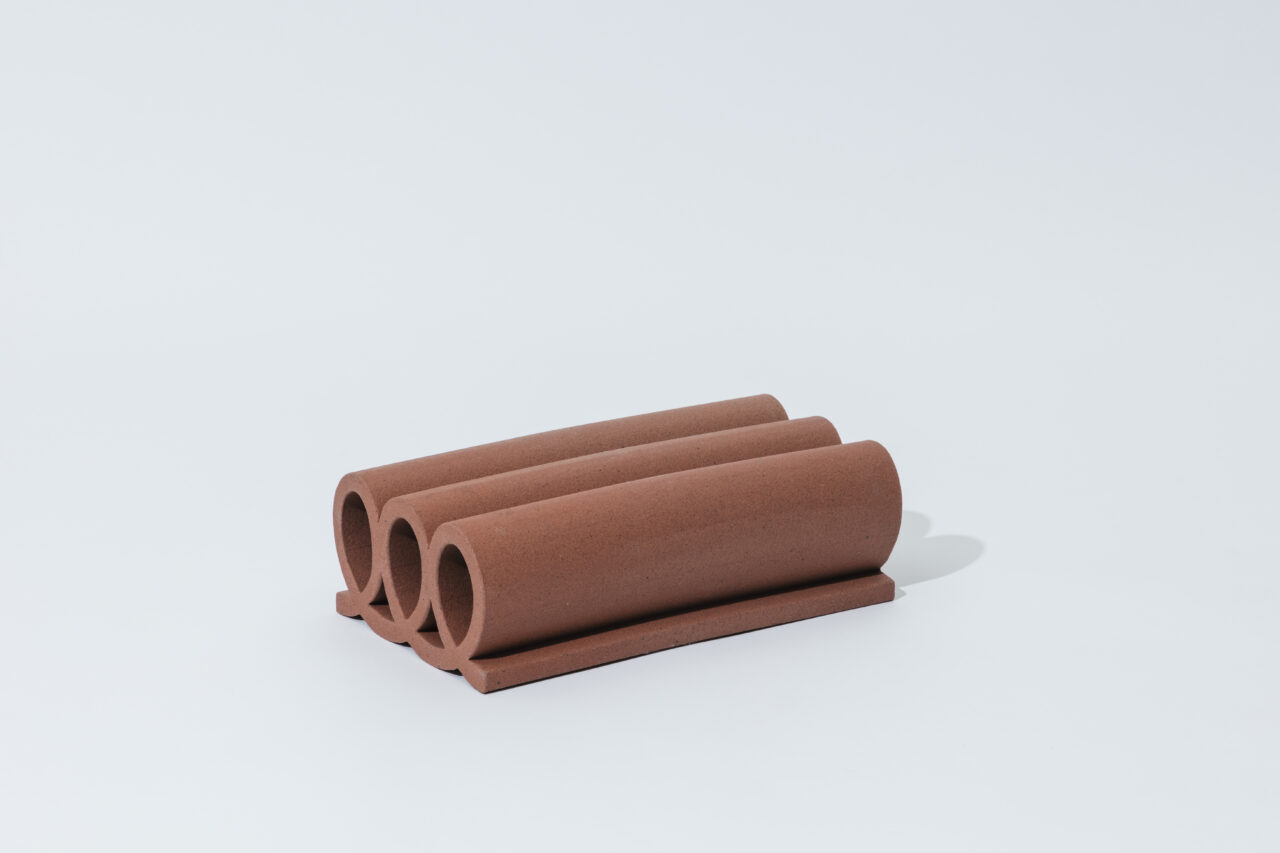

Joanna Kawecki: Was this your first time working with ceramic material, and what were your first impressions of TAJIMI?
Kwangho Lee: Rather than a new impression on ceramics, the Tajimi area as a whole made a strong impression on me, including the history and development of the region. The production methods and materials that the workers have maintained were very interesting. During my visit, I visited unique spaces and met with many people that are rarely accessible, so I would like to visit and explore the area more deeply again.
TAJIMI 세라믹에 대한 첫인상은 어땠나요?
단순히 세라믹에 대한 인상이라기 보다는 TAJIMI 지역에 대한 인상이 강하게 남았습니다. 지역이 발전해온 역사. 작업자들이 유지해온 작업 방식, 재료 등 모든것들이 흥미로웠습니다. 하나하나 따로 떼어내서 볼수 없는 특별한 지역, 환경, 사람들을 만났기에 또다시 방문하여 좀 더 깊은 것들을 마주하고 싶습니다.
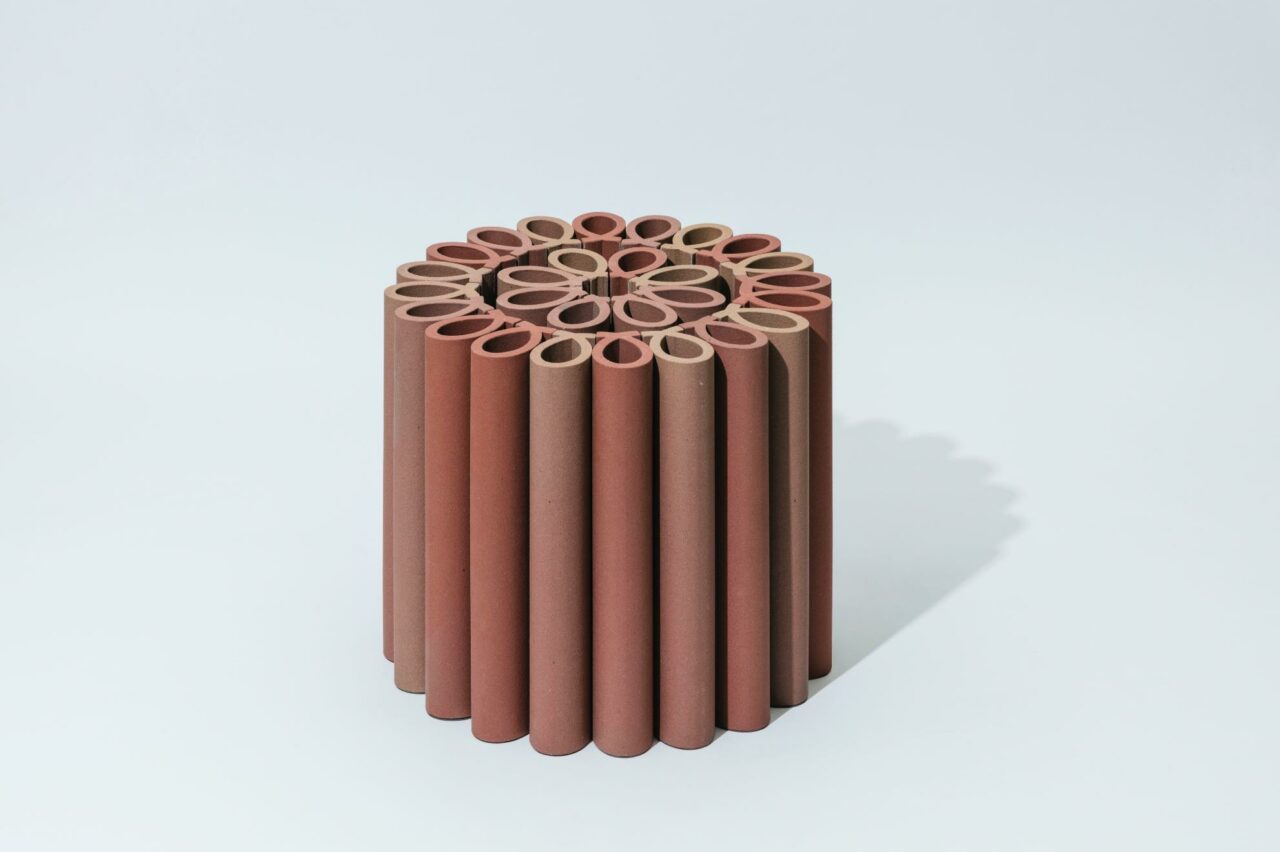
For your “knitted”, loop-like formation of tiles, what kind of experimentation was involved for this shape?
A few thoughts came to mind for this form. When it comes to using tiles, rather than using it as a wall or interior finishing material, I wanted the tile itself to be able to show various possibilities as it is. For example, an area is created or separated by only tiles — such as a wall or floor — which is not a new type of design that can easily be associated with my work. These thoughts came together to form a mass that naturally reminds me of the knit that I have been doing for a long time. In other words, it would be better to think of it as an object rather than a tile. It may vary depending on how it is stacked or laid out.
니트의 개념에 따라 타일에 대한 루프와 같은 형성에 어떻게 접근 했습니까?
타일을 이용하는데에 있어 전문가의 손을 통해 벽이나 내부 마감재로 사용되어지는 방법보다는타일 자체가 그대로 다양한 가능성을 보여줄수 있게되길 바랬습니다. 예를들어 타일만으로 한 영역이 만들어지거나 구분되어지고 벽이되고, 바닥이 될수있는. 새로운 형태의 디자인이 아닌 쉽게 저의 작업과 연상도 될수 있는. 이런생각들이 모여 자연스럽게 제가 오랫동안 해왔던 니트를 연상시키는 형태의 덩어리를 만들게 되었습니다. 다시말하자면 타일이라기보다는 한 단위의 오브제라고 생각하는게 더 좋을거같아요. 어떤식으로 쌓거나 늘어 놓느냐에 따라 달라질수 있는.
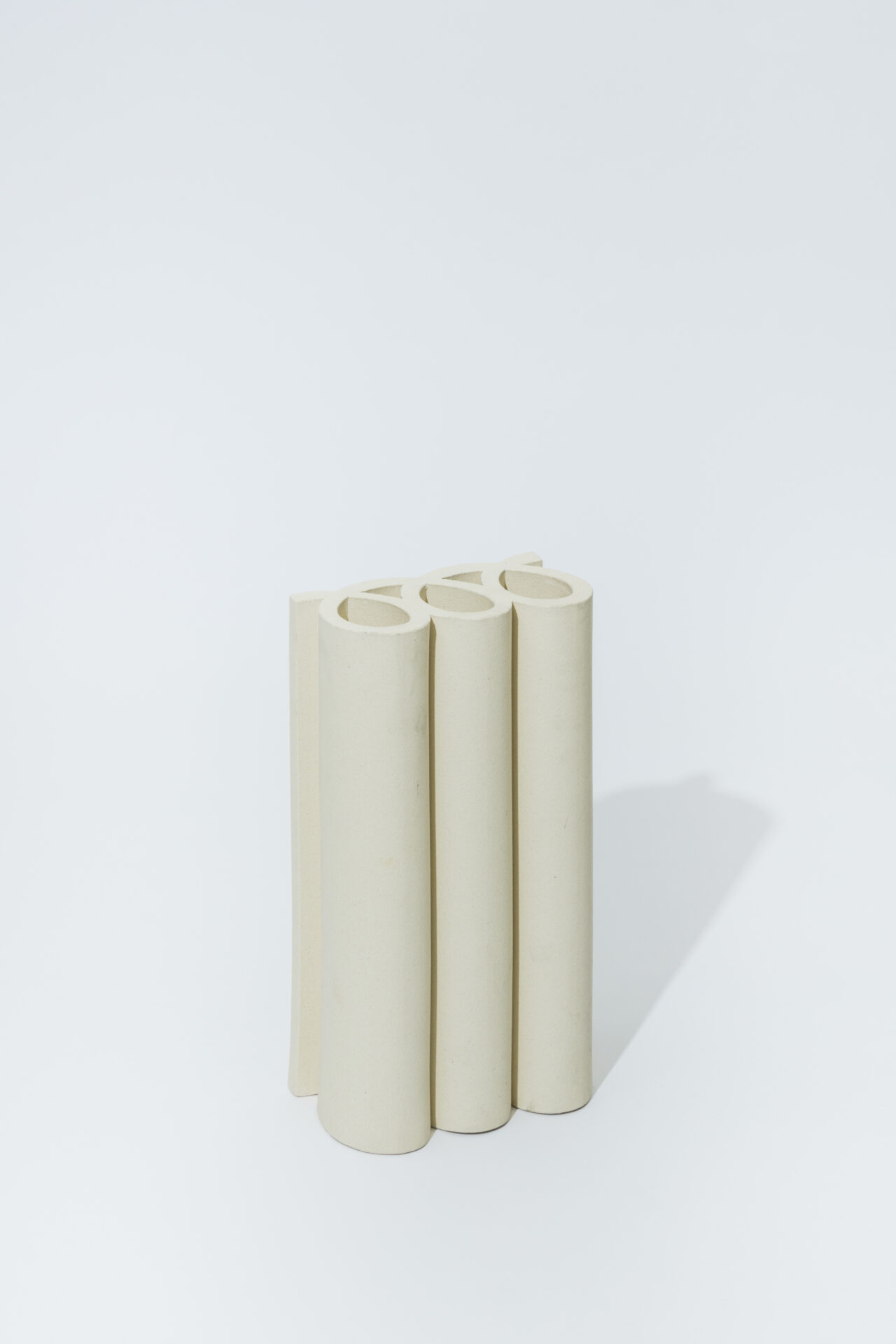
What was the inspiration behind your concept of creating them as modules.
I was always thinking about the expansion and continuity of my work, and through this collaboration with TAJIMI, I saw another possibility.
그들을 모듈로 만드는 개념 뒤에 영감을 준 것은 무엇입니까?
제가 하고 있는 작업의 확장과 연속성에 항상 고민을 하고 있었고 이번 TAJIMI 와의 협업을 통해 또다른 가능성을 보게 되었습니다.

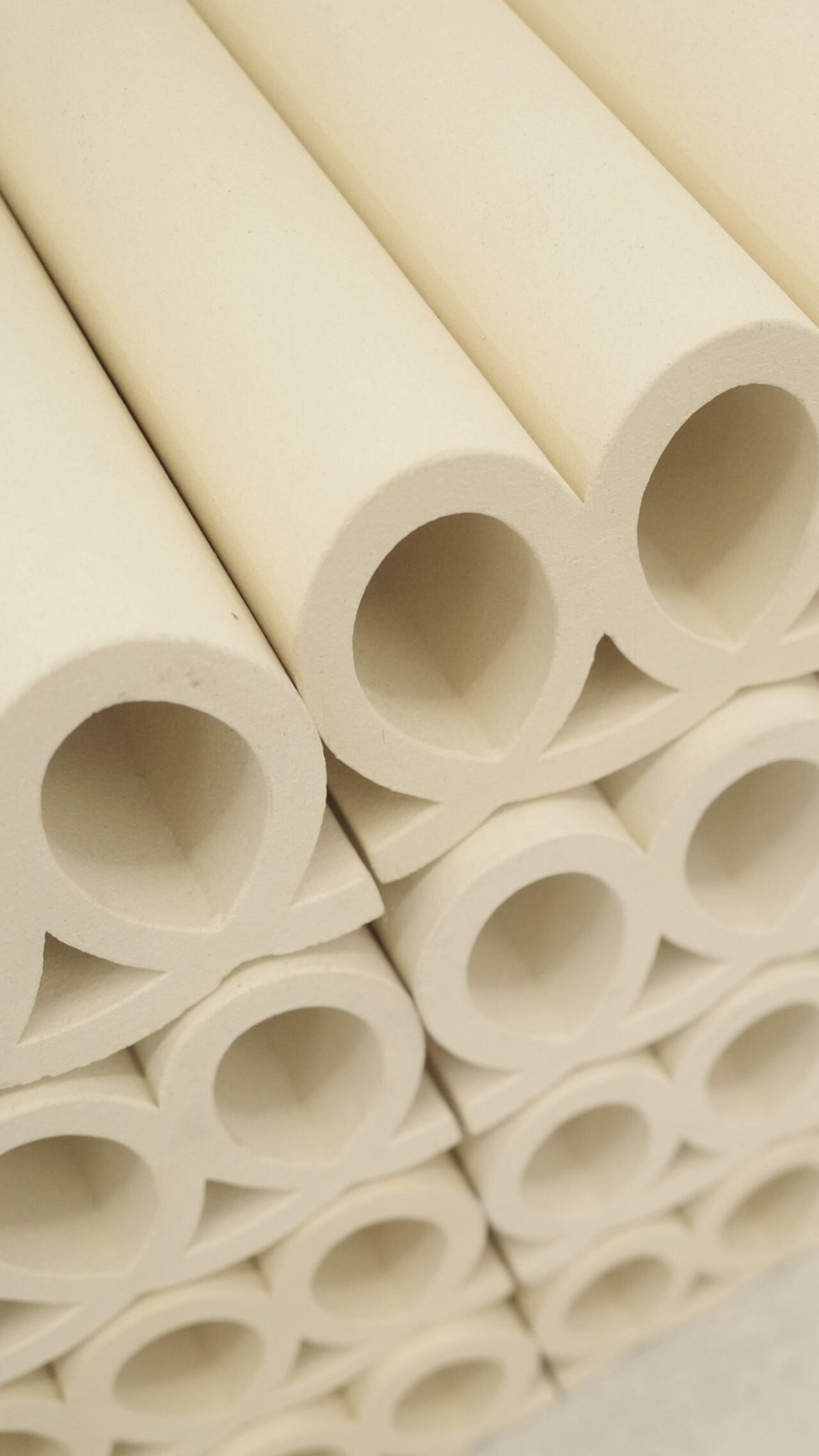
What were your favourite textures and glazes at TAJIMI:
I used the recycled tile material developed by X’ S (Operator of Tajimi Custom Tiles) this time, as I had an immediate interest and attraction to it being a recycled material. It was more interesting because the texture and colour of the material also gave a terracotta-like feel. At the same time, there were so many glazes that I was drawn to, so if I get another chance, I am eager to try more glazes and different colours.
TAJIMI에서 좋아하는 질감과 유약에 대해 좀 더 공유 해주세요 :
저는 이번에 X’s 가 개발한 재활용타일원료를 사용하였는데 재활용에 대한 의미는 언제나 좋은 주제 여서 그 방식으로 만들어진 재료 자체에 대한 큰 매력이 있었어요. 그 재료가 가지고 있는 질감, 색또한 테라코타와 같은 느낌을 주었기 때문에 더 흥미로웠고요. 동시에 마음에 드는 유약또한 너무 방대했기 때문에 기회가 된다면 더 많은 유약과 다양한 색상을 이용하여 작업을 해보고 싶은 욕심도 있습니다.
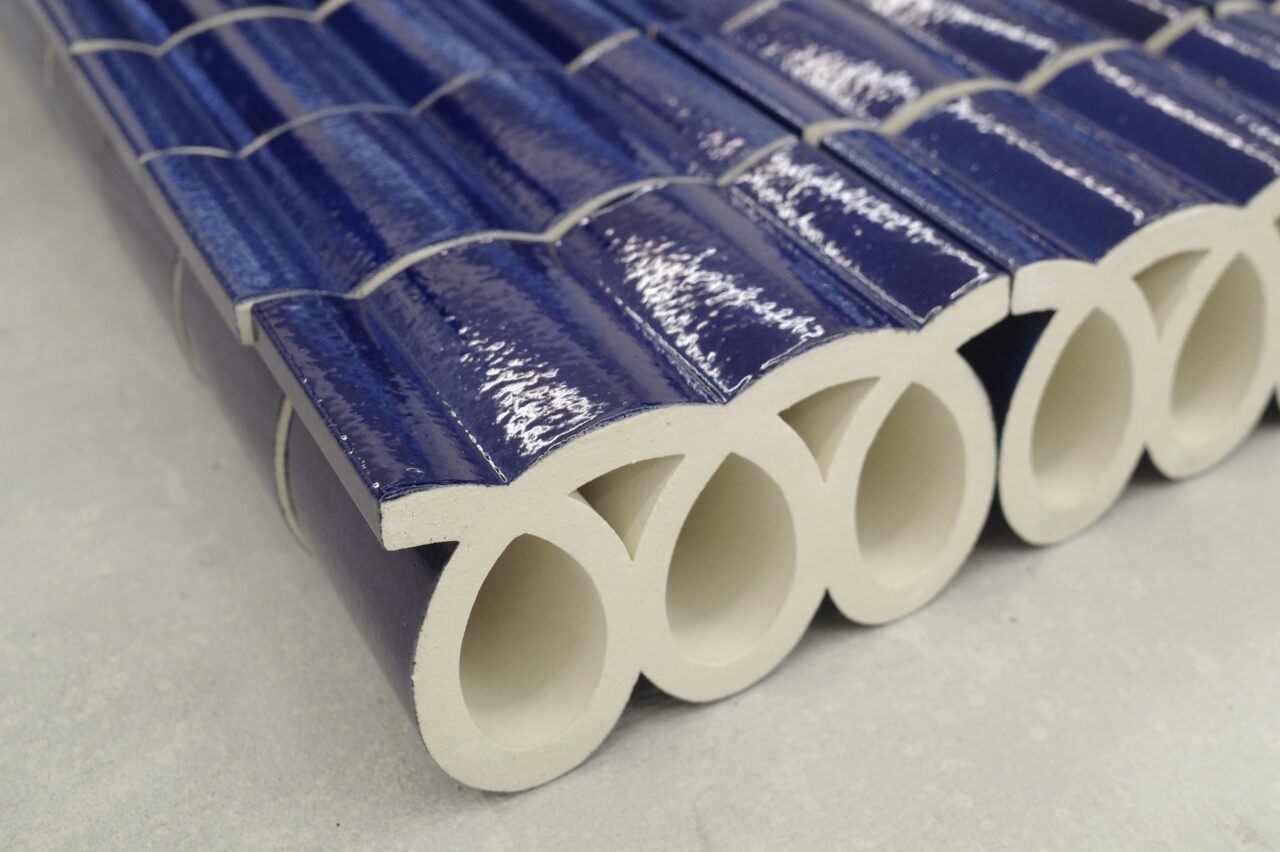
Now after this project, are there new ways you’d like to work with this material again with in the future?
I want to continue making various tiles through various methods. However first, I would like to show you how it can be used in a real space using this initial collaborative tile.
이 프로젝트 이후에이 자료로 다시 작업하고 싶은 새로운 방법이 있습니까?
여러가지 방법을 통해 다양한 타일들을 계속해서 만들어 보고싶어요. 그전에 처음 협업으로 만들어진 타일을 이용해 실제공간에 어떻게 쓰여질수 있는지 직접 보여드리고 싶은 마음이 가장 크고요.


